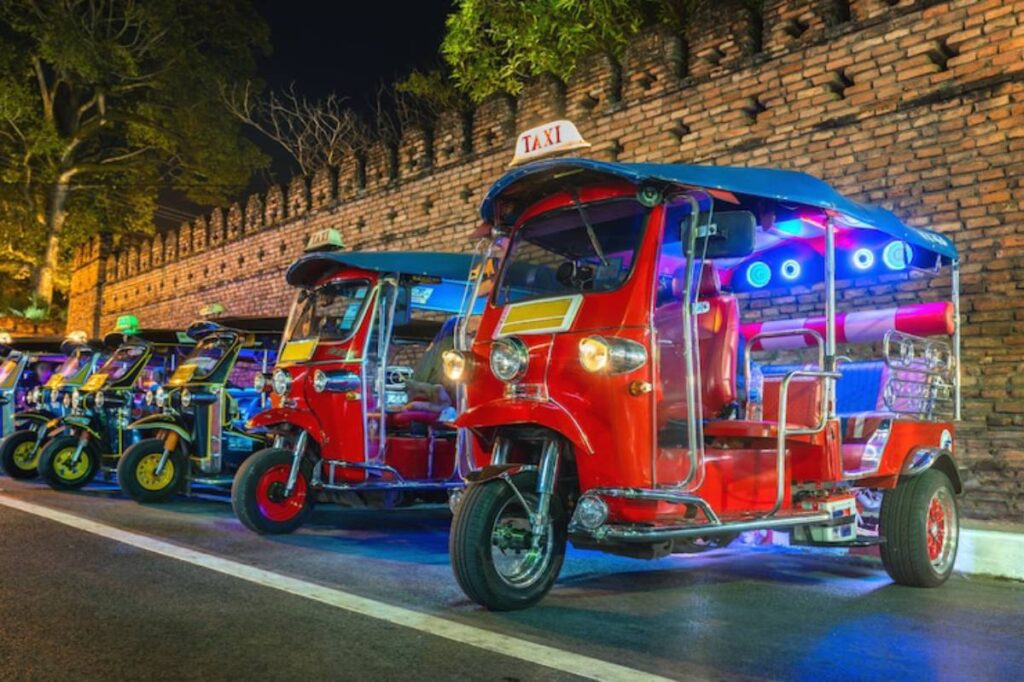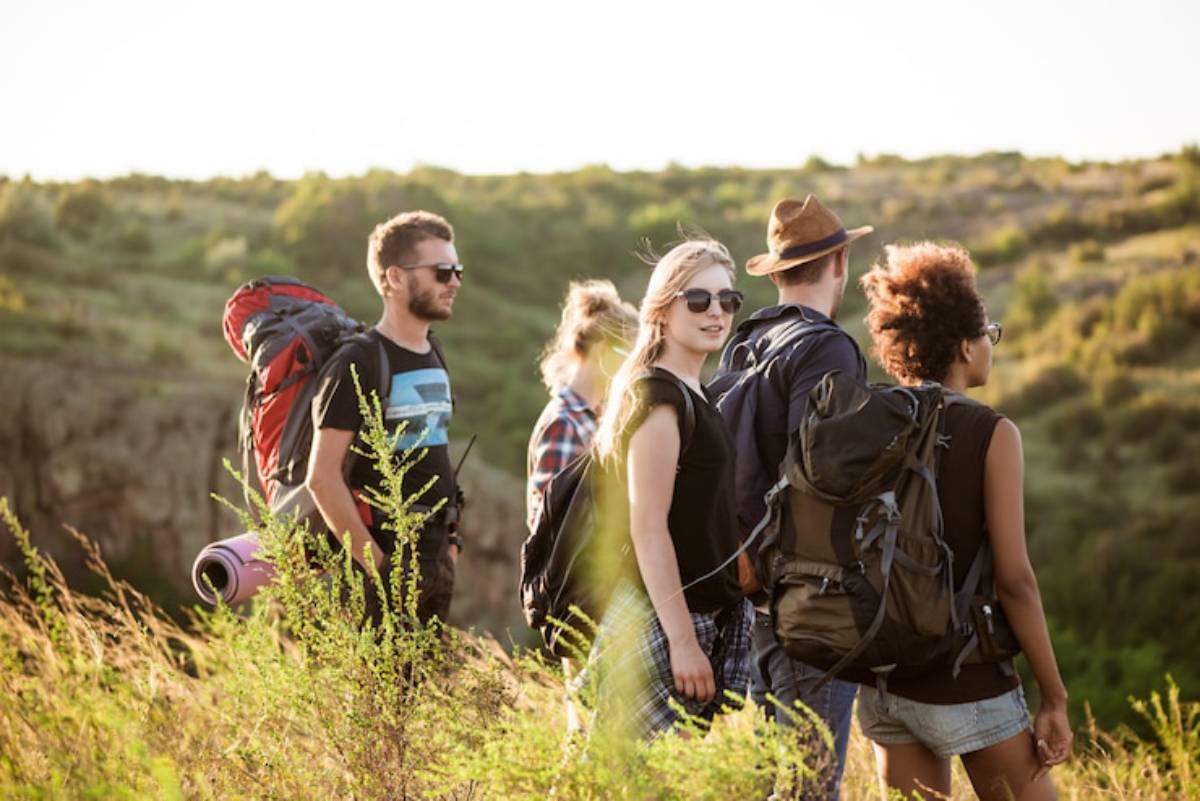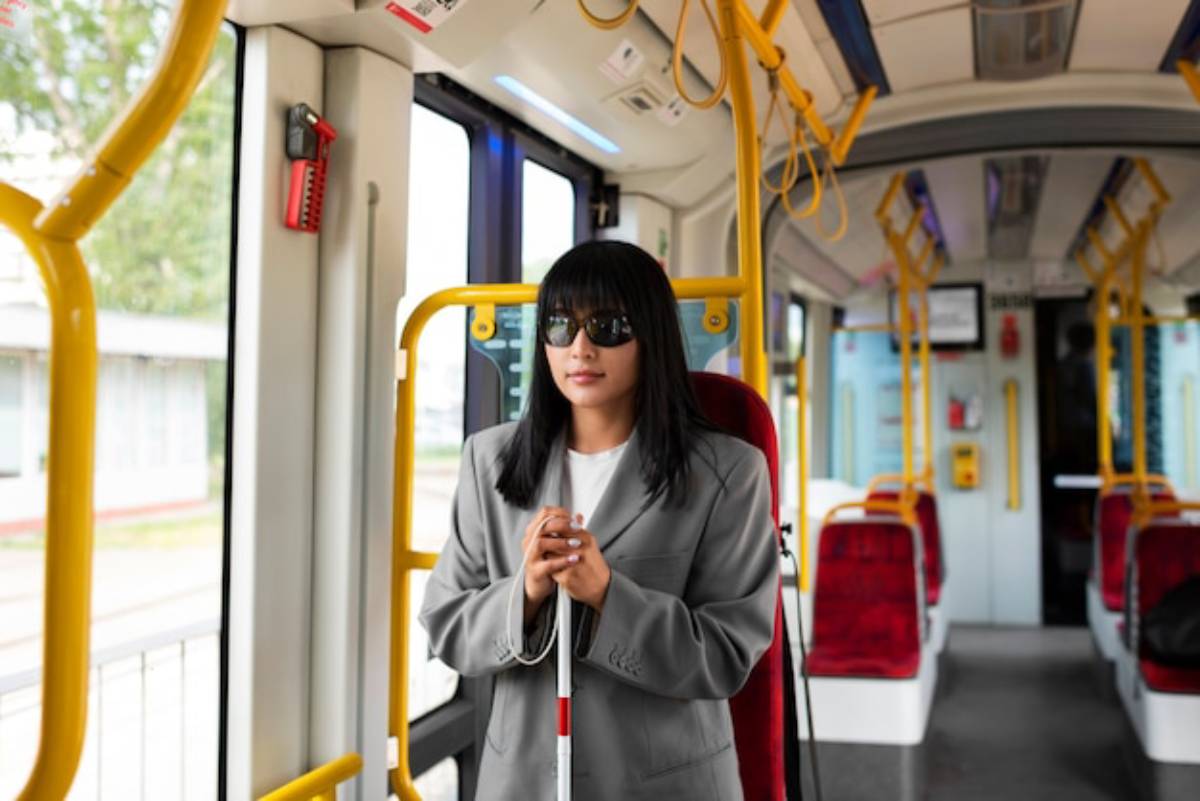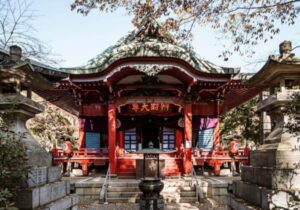The Travel Blog

How to Discover Asia’s Hidden Gems Using Local Transport
Why Travel Local in Asia Matters
Asia is bursting with secret havens—lush valleys untouched by tourism, temples hidden in the jungle, or beach towns where time slows to a whisper. Yet, many travellers miss these magical places, opting for glossy guidebook highlights. Here’s the truth: to truly discover Asia’s hidden gems, you need to move like the locals do.
Using local transport saves money, but it also offers immersive travel and sustainable tourism. Plus, it leads to unforgettable experiences. Travelling in a jeepney down a mountain or taking a riverboat across the Mekong adds stories to your adventure.
Understanding the Core: What Are Asia’s “Hidden Gems”?
“Hidden gems” are places often missed in popular travel guides. These include quiet mountain towns, remote islands, and historic villages that escape heavy tourism.
These spots often:
- Reflect authentic local life
- Support community-led tourism
- Offer lower costs and more memorable interactions
Local transport in Asia includes:
- Rickshaws and tuk-tuks (Thailand, India, Cambodia)
- Jeepneys and tricycles (Philippines)
- Buses and shared minivans (Vietnam, Indonesia)
- Boats and ferries (Laos, Myanmar)
- Trains (India, Sri Lanka, Japan)
Each mode has its own stories. They provide deeper cultural connections than air-conditioned tour buses can.
Quick Guide: How to Discover Asia’s Hidden Gems with Local Transport
| Step | What to Do | Why It Matters |
| 1 | Research local transport options | Builds awareness of authentic, budget-friendly routes |
| 2 | Use regional apps or ask locals | Helps find real-time info and secret stops |
| 3 | Prioritise offbeat destinations | Avoids crowds, supports sustainable travel |
| 4 | Travel slowly and flexibly | Opens doors to unexpected gems |
| 5 | Embrace discomfort with a smile | Authenticity lies beyond the comfort zone |
Step-by-Step Guide: Discovering Hidden Gems by Local Travel
1. Do Your Homework—But Stay Flexible

While spontaneity is key, some preparation will help. Use forums like Travelfish, Reddit’s r/solotravel, or local Facebook groups to learn how locals move.
Pro Tip : Look for posts from backpackers or digital nomads rather than influencers.
2. Choose Your Base Strategically
Instead of booking hotels in capital cities, stay in regional hubs like:
- Chiang Rai (Thailand)
- Kandy (Sri Lanka)
- Luang Prabang (Laos)
- Yogyakarta (Indonesia)
From here, take local minibuses or shared taxis to neighbouring villages or natural sites.
3. Ride Like a Local: Types of Local Transport
- Tuk-Tuks & Rickshaws : Best for short-distance city travel. Always negotiate or ask locals about fair pricing.
- Minibuses/Shared Vans : Found at bus stations or near markets. Ideal for budget intercity routes.
- Boats : Take the slow boat down the Mekong or explore the Philippines’ islands via public bangkas (outrigger boats).
- Trains : In India or Vietnam, the view from a second-class sleeper is priceless.
Important : Always carry small notes and coins. Many local transport operators, especially in rural areas, can’t change larger bills.
4. Connect Through People
Ask your guesthouse owner, a street vendor, or even a tuk-tuk driver: “Where do you go on weekends?”.Locals often point you to real gems like:
- A secret waterfall near Ella, Sri Lanka
- A food market tucked behind Hoi An’s touristy facade
- An ancient temple ruin near Lombok, Indonesia
5. Stay Sustainable
Opt for shared, electric, or slower travel modes. Avoid single-use plastics and stay in homestays or eco-lodges that support the community.
“Travel like you live there—walk lightly and connect deeply.”
Important Things to Remember
Trust the Chaos
Bus schedules may change without notice. Instead of getting frustrated, go with the flow—you might end up at a festival or village party!
Secret Tip: Sit near the driver or locals who look like regular commuters. They’ll often help you spot your stop or signal when it’s time to hop off.
Watch Out: Safety First
Avoid overcrowded boats, especially during monsoon season. When in doubt, wait for the next one.
Learn Basic Local Phrases
A few words in Bahasa, Tagalog, or Tamil go a long way. It’s a sign of respect—and opens doors.
Join a Local Group Tour at Your Destination

These are often cheaper, more intimate, and led by locals—ideal for remote hikes or island hopping.
Best Practices & Additional Insights
- Use offline apps like Maps.me or OsmAnd to track routes.
- Download regional apps like Grab (SE Asia) or Ola (India) for affordable rides when local transport isn’t running.
- Stay longer in fewer places. It’s easier to build trust with locals and get deeper tips.
Remember : The slower you travel, the more you absorb.
FAQs for Asia’s Hidden Gems and Local Transport
Is local transport safe in Asia?

Yes, especially when you ask locals or fellow travellers for advice. Always trust your instincts and avoid riding at night in rural areas unless with a group.
What if I don’t speak the language?
No problem! Many locals use gestures or simple English. Carry a translation app or a phrasebook—it’s part of the fun.
How do I avoid being overcharged?
Ask your hotel or hostel about typical fares. If needed, pretend to call a local friend—many drivers drop their price immediately!
Can I travel sustainably and cheaply at the same time?
Absolutely. Local transport cuts carbon emissions, boosts local economies, and costs much less than private tours.
What if I miss my stop?
Don’t panic—just get off at the next one and ask a local or use your offline map to find your way back. Most people are happy to point you in the right direction.
Can I book local transport in advance?
Sometimes. In countries like India and Vietnam, you can book trains and long-distance buses online. However, local rides usually operate on a first-come, first-served basis.
Is local transport suitable for solo travellers?
Yes. It’s often the best way to meet people and feel connected—just trust your instincts and stick to well-travelled routes after dark.
What if my luggage is too big?
Pack light if you can—local transport isn’t built for bulky suitcases. A backpack or soft duffel is much easier to squeeze into tight spaces.
Conclusion: Time to Explore Beyond the Guidebook
Asia is not just a destination—it’s a thousand different journeys waiting to happen. By using local transport, you uncover hidden trails, unscripted adventures, and human connections that no tour guide can offer.
So next time you’re planning a trip, skip the glossy resort and hop on a rickety minivan instead. You’ll come back with not just souvenirs, but stories worth telling.
Ready to travel deeper, cheaper, and more consciously? Start your offbeat Asia journey today.









